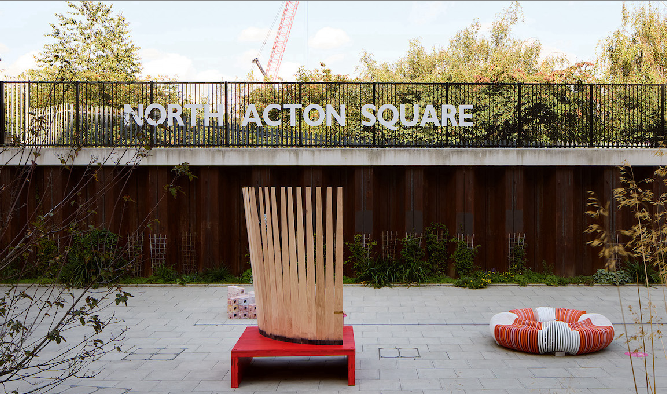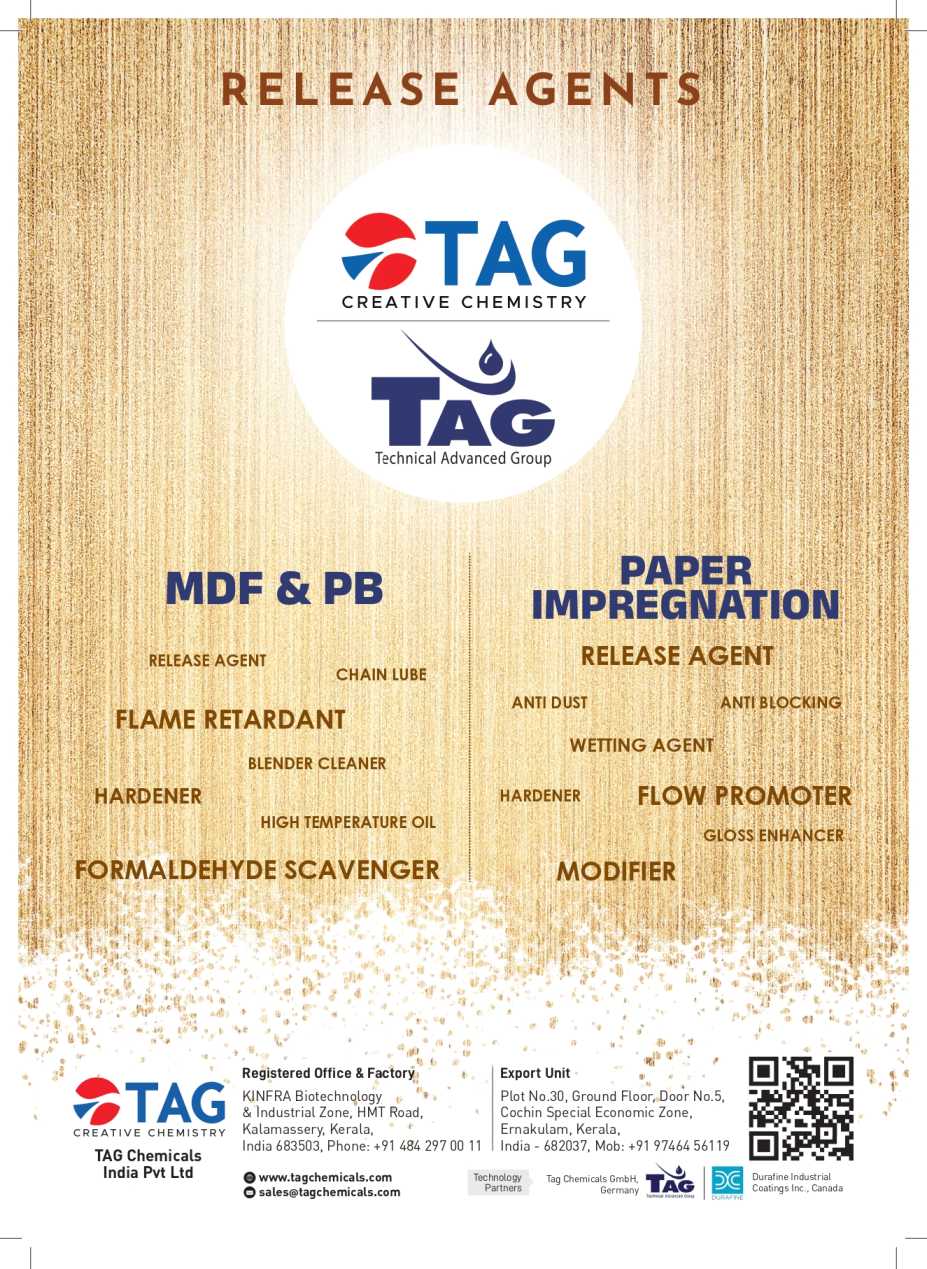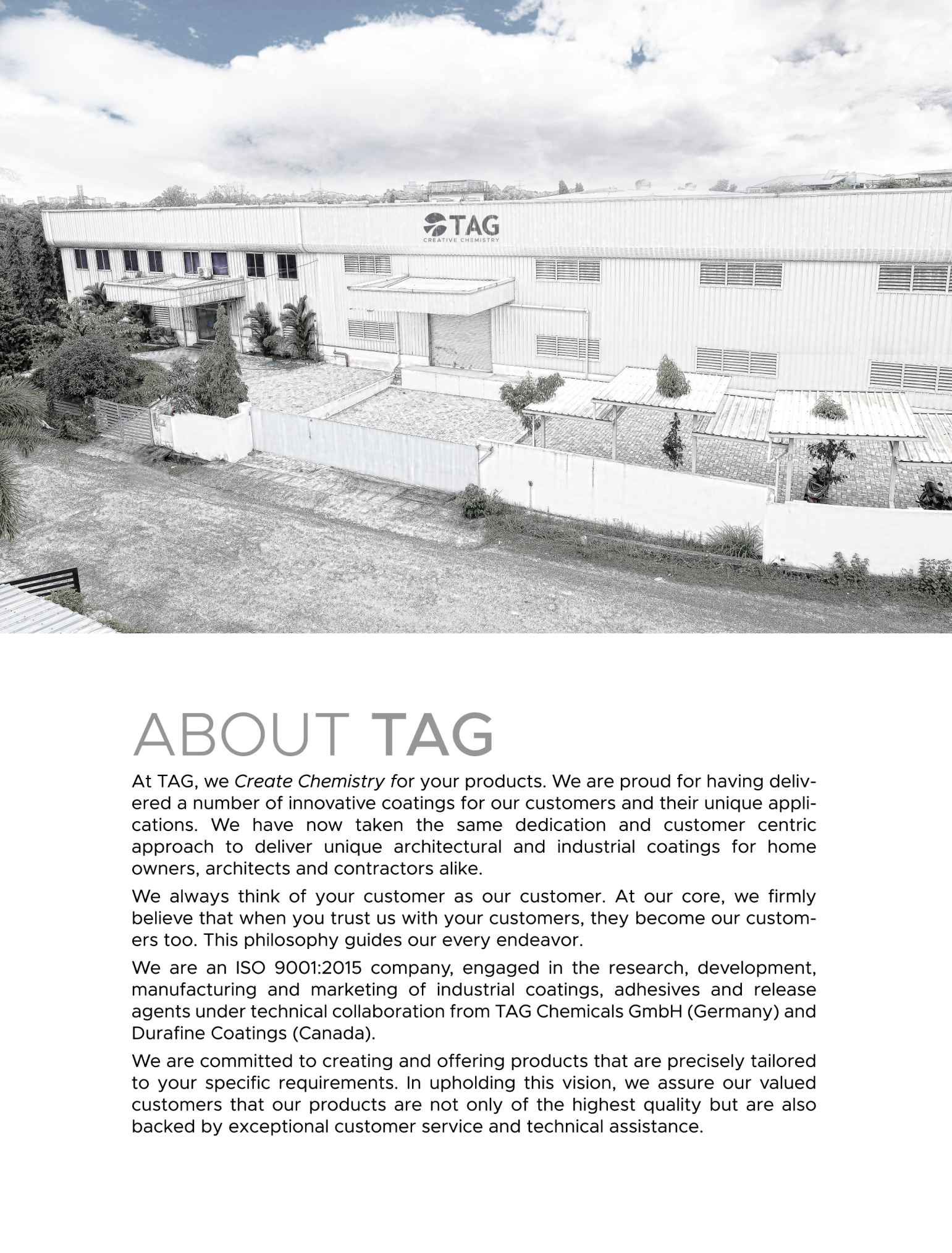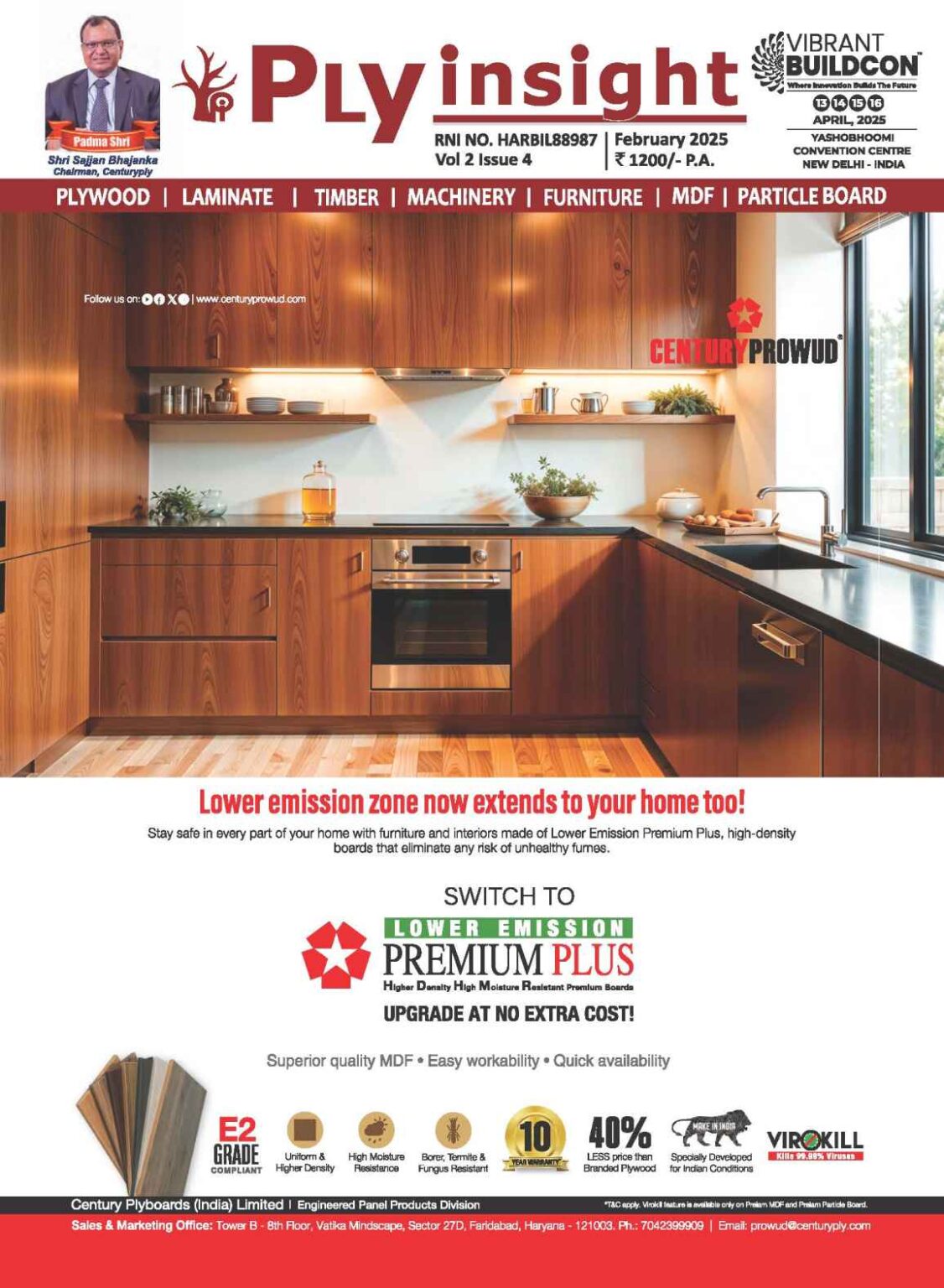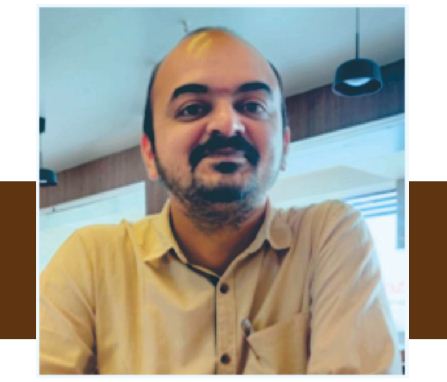
E0 Plywood & Boards – Standards & Practices (Part 4)
- November 7, 2021
- 0

Similar to the discipline and clean mindset to be maintained in factory manufacturing processes, we also need to maintain clean & precise practices in the laboratory, to get consistent test results comparable with external testing reports from third party laboratories.
In QC lab testing, we must have a mindset of doing temple pooja – the 4 C – Commitment, Cleanliness, Consciousness and Character. Laboratory = Temple. Testing = Pooja.
Laboratory surfaces & all equipment must be maintained thoroughly cleaned & dried in the oven, each time during testing.
Recommended, most commonly accepted Lab QC testing for HWPW (hardwood plywood) – JIS A 1460 (Desiccator method).
List of Equipment needed:
240 mm wide glass desiccators, with lid – 3
120 x 50 cylindrical glass crystallising dish – 3
SS 1mm wire (to make 3 pairs of specimen holders) – 10 M
UV visible spectrophotometer (320 to 1000 nm range or similar) – 1
10mm glass cuvettes for spectro – 10 pairs
SS wire mesh for specimen base (mesh gap = 15mm or above) – 3
100 ml conical flask with ground joint (Erlen Meyer Flask) – 18
Pipettes with suction device (5, 10, 15, 20, 25, 50, 100 ml) – 2 each
Graduated glass pipette with bulb (0.5, 1 ml) – 4
Burettes (50 ml) – 2
250 ml conical flask – 6
100 ml volumetric flask – 6
1000 ml volumetric flask – 4
Chemical balance (± 0.1mg accuracy; 0 to 200g range) – 1
Hot water bath with precise temperature cut-off – 1
Hot air oven – 1
Glass weighing dishes – 10
Precision glass droppers (8” high quality) – 10
Consumables – Glass rods, tissue paper, cleaning soaps & detergents, hdpe spatula for weighing, cotton towels, cotton wastes, rubber gloves, silicone grease for glass joint sealing.
Things to note for clean & consistent testing: Use separately labelled pipettes for all reagents. Do not use one pipette for multiple reagents. Clean all glassware & place in oven for drying, immediately after each action.
Reagents needed:
Iodine solution (readily available) – 0.05 mol/L
Sodium Thiosulphate solution (Ampoule available) – 0.1 mol/L
Sodium Hydroxide solution (readily available) – 1 mol/L
Sulphuric Acid solution (readily available) – 1 mol/L
Starch (soluble) – 100g / 250g
Formaldeyde (37% lab grade) – 500 ml
Glacial acetic acid – 500 ml
Ammonium Actetate – 250g / 500g
Sodium Carbonate – 250g / 500g
Sodium Bicarbonate – 250g / 500g
Acetyl Acetone – 50 ml / 100ml
Hydrochloric Acid – 500 ml
Potassium Dichromate – 250g / 500g
Potassium Iodide – 250g / 500g
Sodium Thiosulphate Pentahydrate – 500g
Things to make routine:
- Always prepare fresh solutions
- Acetylacetone-Ammoniumacetate solution has to be used under refrigeration, for not more than 3 days from fresh preparation.
- All solutions must be maintained in dark conditions, especially iodine solutions.
- Try to make only half volumes of higher quantity required solutions, in order to save chemicals & resources. For example, acetylacetone-ammoniumacetate solution can be reduced by half. Similarly 0.1M sodium thiosulfate solution can also be 500ml. Iodine solution can be freshly made exactly as per requirement to save chemicals & cost.
- Maintain separate & specific glassware & equipment for JIS A 1460 testing. Do not mix with other QC test requirements.
- Do not perform normal 37% formaldehyde solution testing in the same area of JIS A 1460 testing.
- Calibrate all JIS Desiccator Test glassware & equipment – once every 6 months.
- Respect & follow GLP (Good Laboratory Practices)

